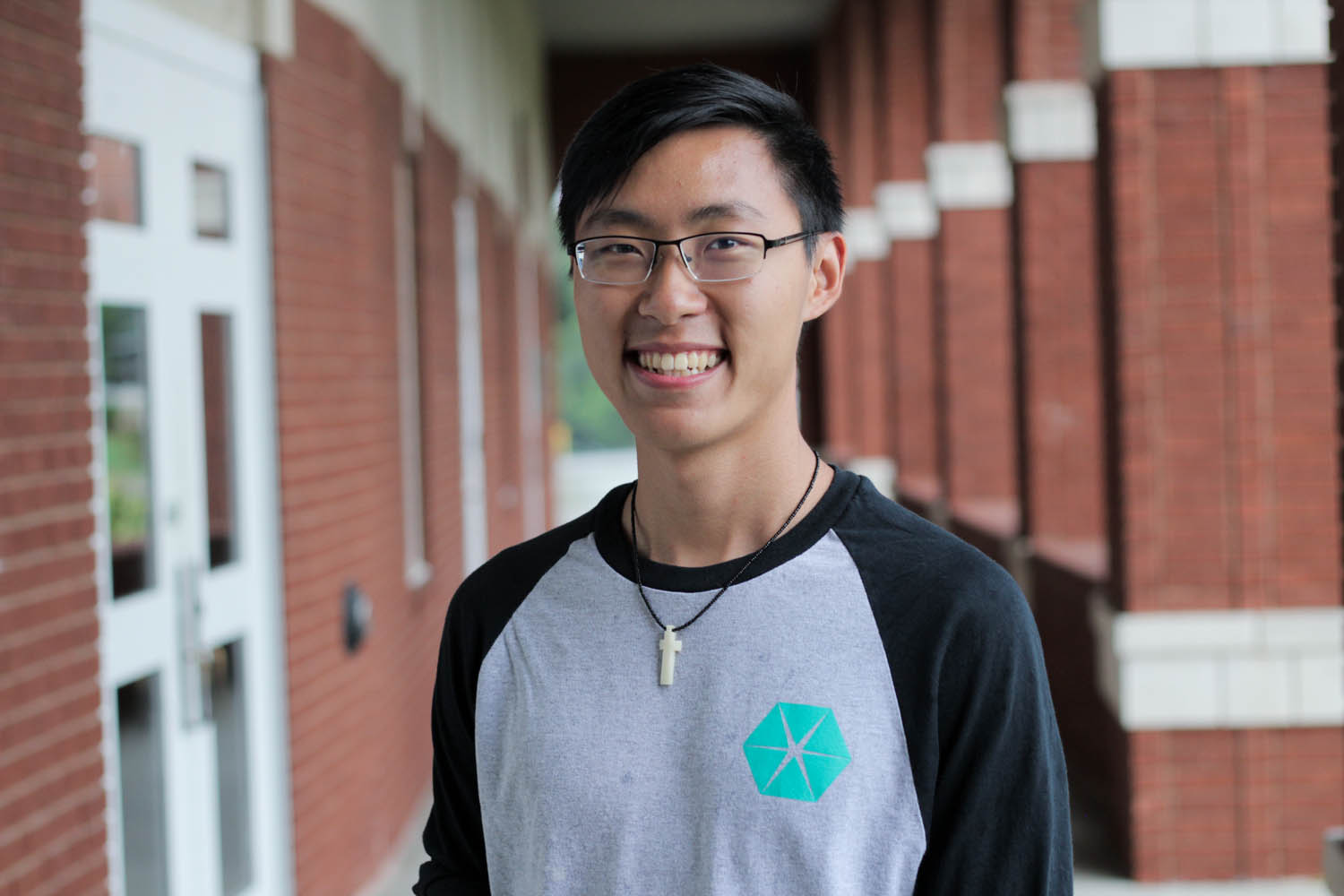By Megan Gieske, Staff Writer
For any traveler who’s been to China for the Chinese New Year, the Spring Festival is unforgettable.
Traditionally, grand parades take place with celebrations filled with musical performances, martial arts displays, acrobats and lion dancers. Poised for celebration in cherry cotton painted for good fortune, the dragons twirl down the streets.
Sophomore Ian Tan often reminisces upon this heart of China.
“The closest thing to China in America is Black Friday at Walmart with fireworks going off,” he said.
Tan first came to America two years ago for the start of his college career at Asbury University. He’d always planned to attend an international university because of the pressure of the Chinese grad exams and first learned of Asbury from Bill Ury, an Asbury alumnus.
The burden of China’s college entrance test is great. Typically in June, high school seniors take the test over two or three days.
Months from February, families gather in what is a far cry from the happy festivities of the new year. Since competition is furious, family members gather to call over to hotlines or log on to the family computer to view awaited results.
The lucky number is the score for what is considered the single most important test any Chinese citizen can take.
“The exam score determines what university you go to, but if you don’t do well, you’re doomed to a lesser university,” Tan said. “It’s naturally harder to find a job.”
When the results come out, suicide rates spike, according to Tan.
“Going overseas was naturally the only option,” he said.
[perfectpullquote align=”right” cite=”” link=”” color=”” class=”” size=””]
For Tan, life here is without “re nao,” or lacking in the colors — the reds, oranges and yellows of papers thrown in the streets and the riotous pink flowers — that for China is almost a way of life.
[/perfectpullquote]
With skills he’s learned, Tan hopes to help serve the Chinese community like his mother, who opened a Christian homeschool academy to help other students go overseas. This past summer he returned to China for the first time to teach English as a second language to Chinese students in Shanghai. As part of the Asbury trip, the group also spent three days in Beijing.
When I asked Tan what he missed most about being with his mother in their family home in Guangzhou, described as a sprawling port city northwest of Hong Kong on the Pearl River, he said, “The day to day cooking. Her way is so different.”
“Every dish is different,” Tan said, “but I miss the most my mom’s Malaysian chicken curry.”
Since Tan’s family is Malaysian, for the New Year the family returns to Ipoh Perak, Malaysia, to gather again at his grandparents’ round table. It’s a time to reunite with relatives and visit with families.
I ask him, “Who’s at that table?” and Tan describes with fondness the act of community and togetherness the table symbolizes “people eating, sharing meals together like Christmas.”
Tan listed off a hundred colorful things from the new year with his family. They would put up red posters, pictures and decorate with red lanterns. His grandparents would stuff his pockets with red packets, “lucky money,” for the coming year. Outside, the potted mandarin orange trees ripened to an almost bright red and symbolized family unity.
“Everything decorated with the color red,” Tan said, and remembers for me the red dimond-shaped posters of the word “fortune” hung upside-down. Tan says that in China this means that your fortune has arrived.
“As of now, I want to go back to China,” Tan said. “It’s where my heart is.”
In one of my last questions for Tan, I told him, “If I were, you, I’d miss the colors and the excitement of festivals like that (in China), because we have holidays but they’re just not the same.”
He added, “Not colorful?” For him, our celebrations are just not colorful enough.
“In Chinese, we use the word ‘re nat,’” he said. “Everyone is really excited. There are noises going around. There’s color everywhere.”
“It just,” Tan paused and repeated, “It just overloads your senses, I guess.”
For Tan, life here is without “re nao,” or lacking in the colors — the reds, oranges and yellows of papers thrown in the streets and the riotous bouts of pink flowers — that for China is almost a way of life.


